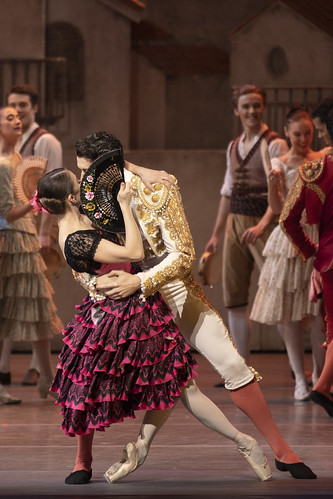

In the area of plot, the work has often been criticized. Surprisingly, in retrospect, there is unanimous agreement that the text was well done. This process took a full 3 years, in the end Praga was no longer willing to give his name and it was agreed at the premiere to publish the work without naming a librettist. Puccini and Ricordi also lent a hand themselves, until finally Luigi Illica and Giuseppe Giacos made the final adjustments, especially in the Lever scene of the second act and the roll call scene of the Le Havre act. Praga then resigned and Ruggiero Leoncavallo (who was originally to write the libretto) took on the task of revising it, but soon abandoned the project due to work overload. He became dissatisfied with the literary draft during the composition process, and even removed a whole scene. Puccini began setting the libretto to music in 1890. In addition, Puccini put himself under pressure to succeed because the premiere of the previous work “Edgar” turned into a fiasco.Īfter initial hesitation, the playwright Marco Praga took on the role of outlining the work, and Domenico Oliva supplied the verses. However, Massenet had crowned this literary model 10 years earlier with a brilliant work and Puccini wanted at all costs to avoid being suspected of creating a plagiarism of this work. Puccini, however, was fascinated by Prévost’s drama “Manon Lescaut” and its title heroine. Puccini’s publisher Ricordi actually wanted Puccini to set the novel “Tosca” to music.

Madamina, il catalogo, Catalogue Aria (Don Giovanni).Je dis que rien ne m’epouvante (Carmen).



 0 kommentar(er)
0 kommentar(er)
